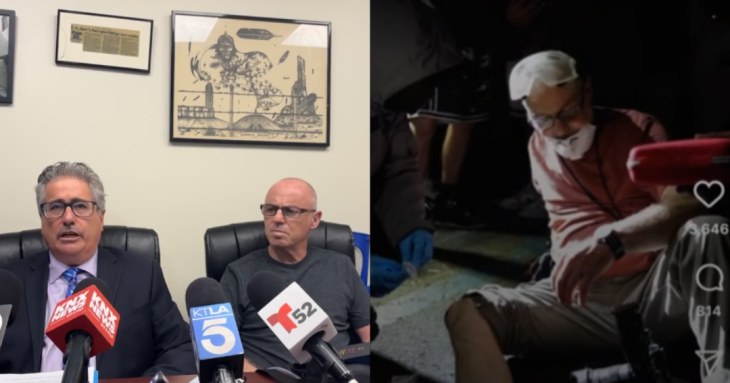UCLA researchers studying how people with melanoma build up resistances to drugs used to fight it have discovered signature genetic changes in tumors that give clues about how to counter the effect, the university reported today.
“If we understand how a disease fights your therapy, then we can start to design more effective treatment strategies,” said Dr. Roger Lo of UCLA’s Jonsson Comprehensive Cancer Center.
Lo and his team found that the melanoma cells resist the combination therapy of cancer-fighting BRAF and MEK inhibitors by developing unusual genetic changes in key cancer genes. These changes not only mark the presence of drug resistance melanoma cells, but also give clues about potential ways to shut them off.
“We need to find ways to go beyond the BRAF+MEK drug combination, by possibly finding a third drug, or alter how we prescribe the combo of drugs,” said Lo, an assistant professor of dermatology. “The idea is to eventual suppress melanoma drug resistance even before it arises.”
In a two-year study, Lo and his team took 43 tumor samples from 15 patients before they were prescribed the new BRAF+MEK inhibitor combo drugs and after they relapsed due to the melanoma developing drug resistance.
“In most cases, melanoma eventually becomes resistant,” said Dr. Antoni Ribas, co-author of the study and a professor of hematology and oncology. “We now understand the molecular basis of the resistance mechanisms, which leads to the planning of new treatment approaches to disable these mechanisms.”
About 70,000 cases of melanoma are diagnosed annually in the United States, and about 8,000 of those people eventually die of the disease. About half of patients with metastatic melanoma, or 4,000 people a year, have a mutated protein called a BRAF mutation.
The study, funded by the National Institutes of Health, the Melanoma Research Alliance and Stand Up To Cancer, will be published online Thursday in the journal Cancer Cell.





















